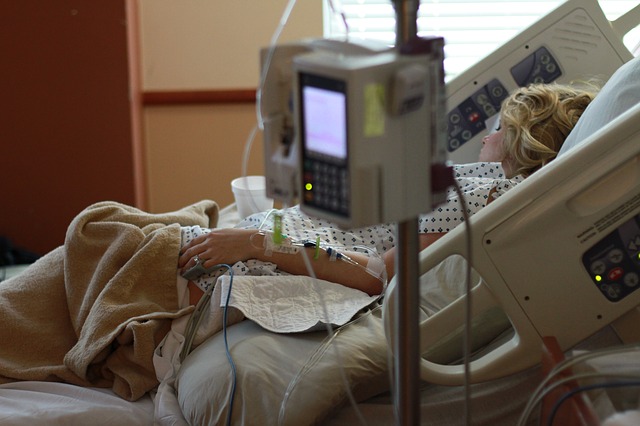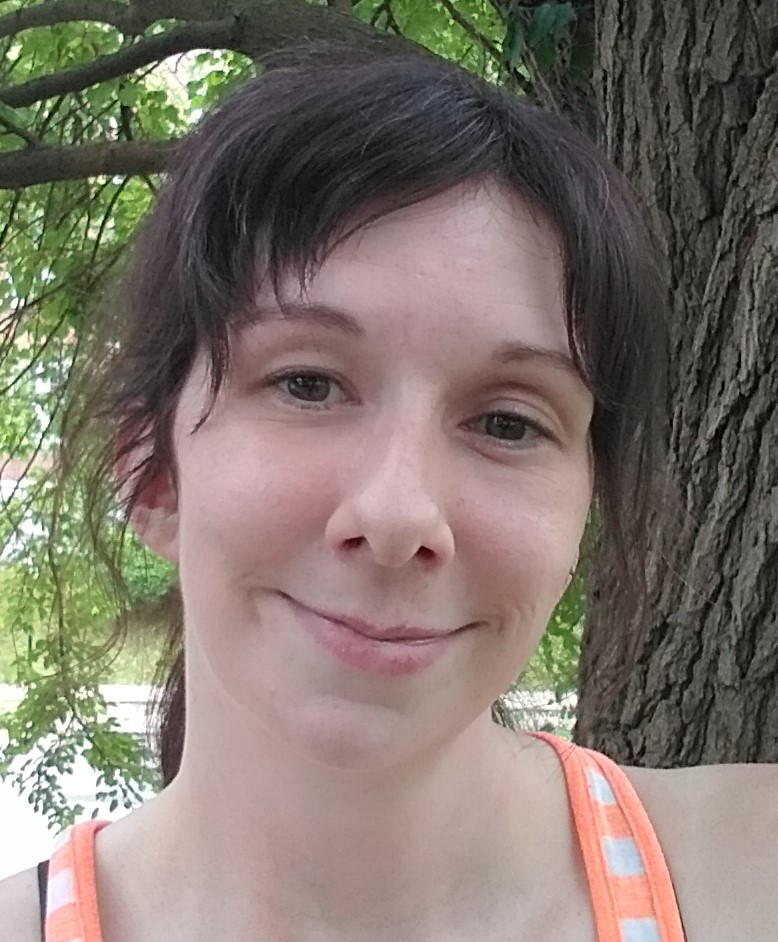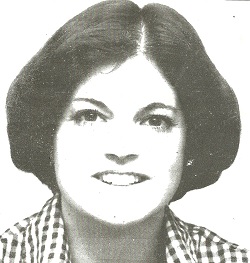Anxiety Is a Symptom, Not a Diagnosis
/By Dr. David Hanscom, PNN Columnist
Every living creature on this planet survives by avoiding threats and gravitating towards rewards. The driving force is staying alive and survival of the species. This is accomplished by the nervous system taking in data from the environment through each body sensor and analyzing it.
The first step in this process is for your brain to define reality. A cat is a cat because your brain has unscrambled visual signals and determined the nature of the animal. A cat’s meow is analyzed from the auditory receptors. Your nervous system then links the two inputs together to associate the sound as one that emanates from a cat.
The reason why I am presenting the obvious is to make the point that nothing exists without your brain gathering data, unscrambling it and determining what is.
One of the responsibilities of the central nervous system is to maintain the delicate balance of the body’s chemistry. There are numerous chemicals to keep track of. When there is a threat, hormones will be secreted that increase your chances of survival.
Some of the core response hormones are adrenaline, noradrenaline, endorphins, histamines and cortisol. I won’t list the effects of each of these survival hormones, but the net result is an increased capacity to flee from danger.
All of these allow you to leap into action, but what compels you to do so? It is a feeling of dread that we call anxiety. It is so deep and uncomfortable that you have no choice but to take action.
Anxiety is a symptom, not a diagnosis, disease or disorder. Therefore, it isn’t treatable by addressing it as the problem. Once you understand anxiety is only a warning mechanism, you can address the causes of it.
The Curse of Consciousness
The universal problem of being human is what I call the “Curse of Consciousness.” Recent neuroscience research has shown that threats in the form of unpleasant thoughts are processed in a similar area of the brain as physical threats and with the same chemical response.
This curse is that none of us can escape our thoughts, so we are subjected to an endless hormonal assault on our body. This translates into more than 30 physical symptoms and many disease states, including autoimmune disorders and intractable pain. The worst symptom is relentless anxiety.
In my personal experience and working with thousands of pain patients, it is the mental pain -- manifested by anxiety – that becomes intolerable. Anxiety is the essence of human suffering and physical pain is the final insult.
Since this unconscious survival mechanism has been estimated to be a million times more powerful than your conscious brain, it isn’t responsive to rational interventions to manage or control it. Without anxiety that is unpleasant enough to compel you take action, you wouldn’t survive. Neither would you survive without the drive to seek physiological rewards.
Direct Your Own Care
Try to view anxiety as the fuel gauge in your car. It lets you know that you are being threatened. Whether the threat is real or perceived doesn’t matter. But you have to allow yourself to feel it before you can understand and deal with it.
If anxiety is the measure of your body’s survival hormones, then the only way to decrease it is to lower them. This can be accomplished directly through relaxation techniques or by indirectly lowering the reactivity of your brain to dampen the survival response.
This is accomplished by stimulating your brain to rewire so the response to a threat results in a lower chemical surge and is of shorter duration. The term for this is “neuroplasticity.” Your brain changes every second with new cells, connections and myelin.
By not wasting energy trying to treat or solve your anxiety, you now have the energy to pursue a new path with a remarkable surge in energy, life forces and creativity.
How is this accomplished? Learning tools to calm and rewire your nervous system is the core of the Direct your Own Care (DOC) project. These approaches have been known for centuries, but have been buried under the weight of modern information overload and the rapid pace of life.
DOC is a four-stage process for you to understand the nature of your pain and relevant issues that allows you to figure out your own version of a solution. The clarity you get will help you connect to your own capacity to heal by developing skills to auto-regulate your body’s chemistry from anxiety to relaxed.
Success in learning to adjust your body’s chemical makeup is based on awareness and openness to learning so change can occur. It is remarkably simple and consistent. Join me in living your life in a manner that you could not conceive was possible – even better than before you were crushed by pain.
Dr. David Hanscom is retired spinal surgeon who has helped hundreds of back pain sufferers by teaching them how to calm their central nervous systems without the use of drugs or surgery.
In his book Back in Control, Hanscom shares the latest developments in neuroscience research and his own personal history with pain.
The information in this column should not be considered as professional medical advice, diagnosis or treatment. It is for informational purposes only and represents the author’s opinions alone. It does not inherently express or reflect the views, opinions and/or positions of Pain News Network.

































